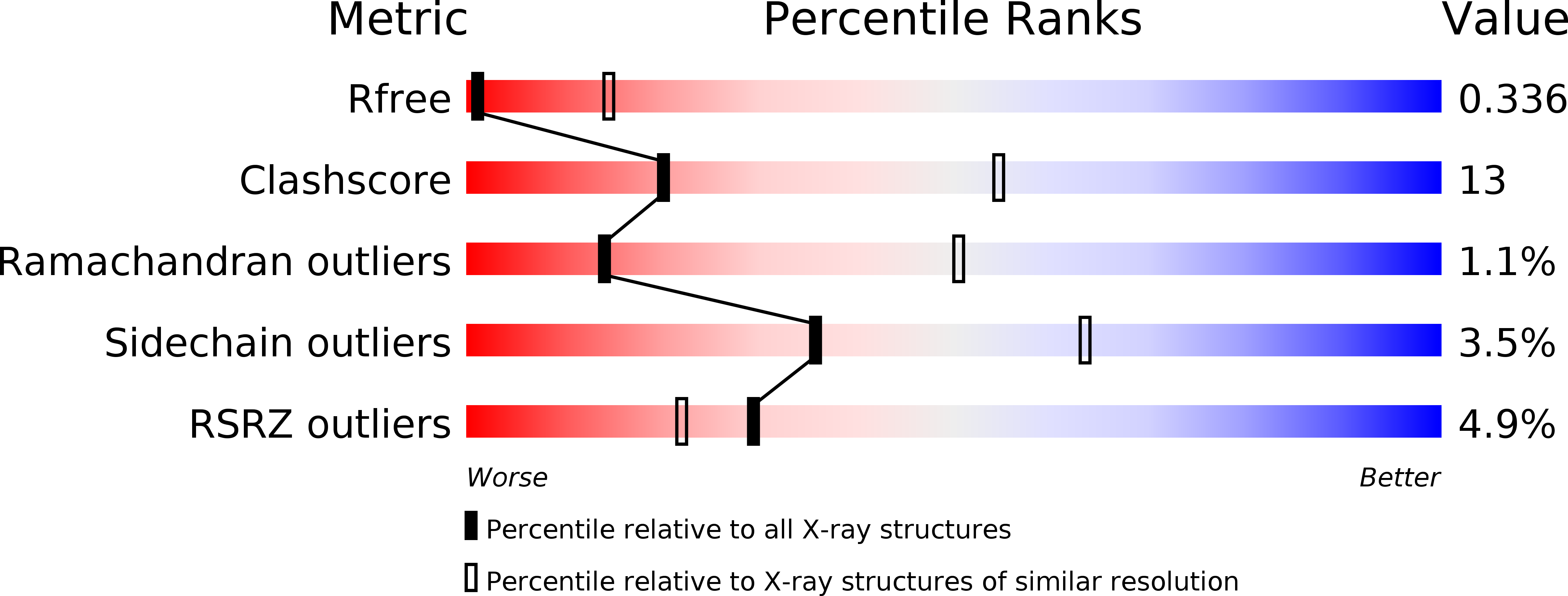
Deposition Date
2012-05-14
Release Date
2013-07-10
Last Version Date
2023-12-20
Method Details:
Experimental Method:
Resolution:
3.70 Å
R-Value Free:
0.34
R-Value Work:
0.31
R-Value Observed:
0.31
Space Group:
P 1 21 1


